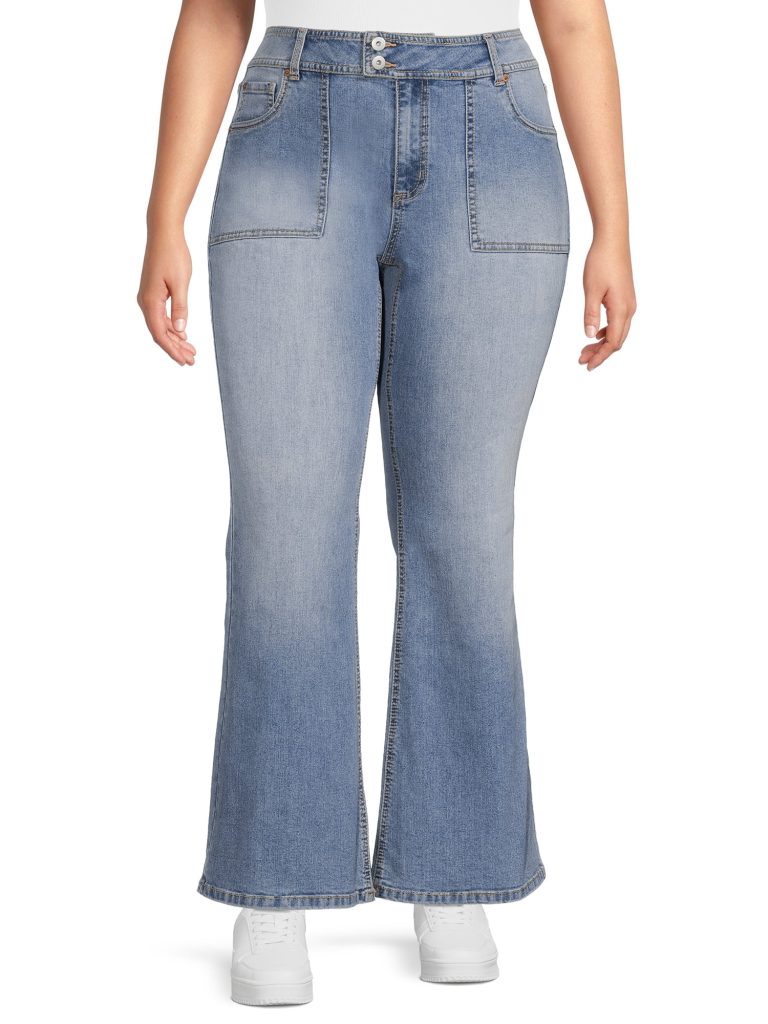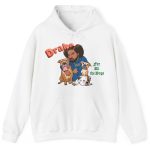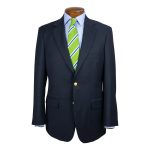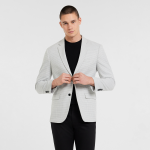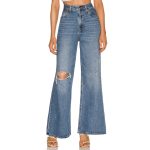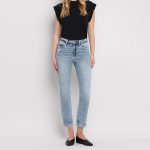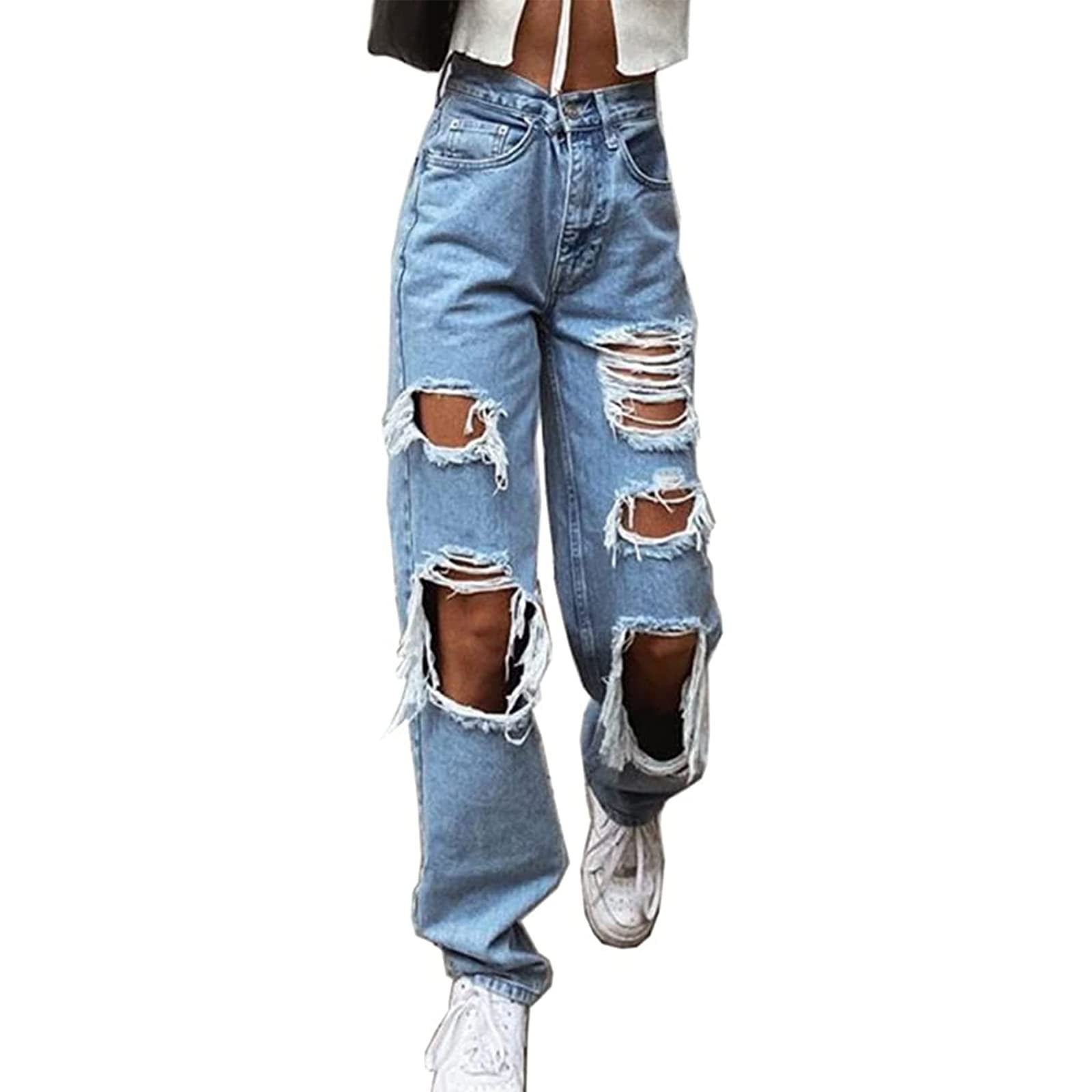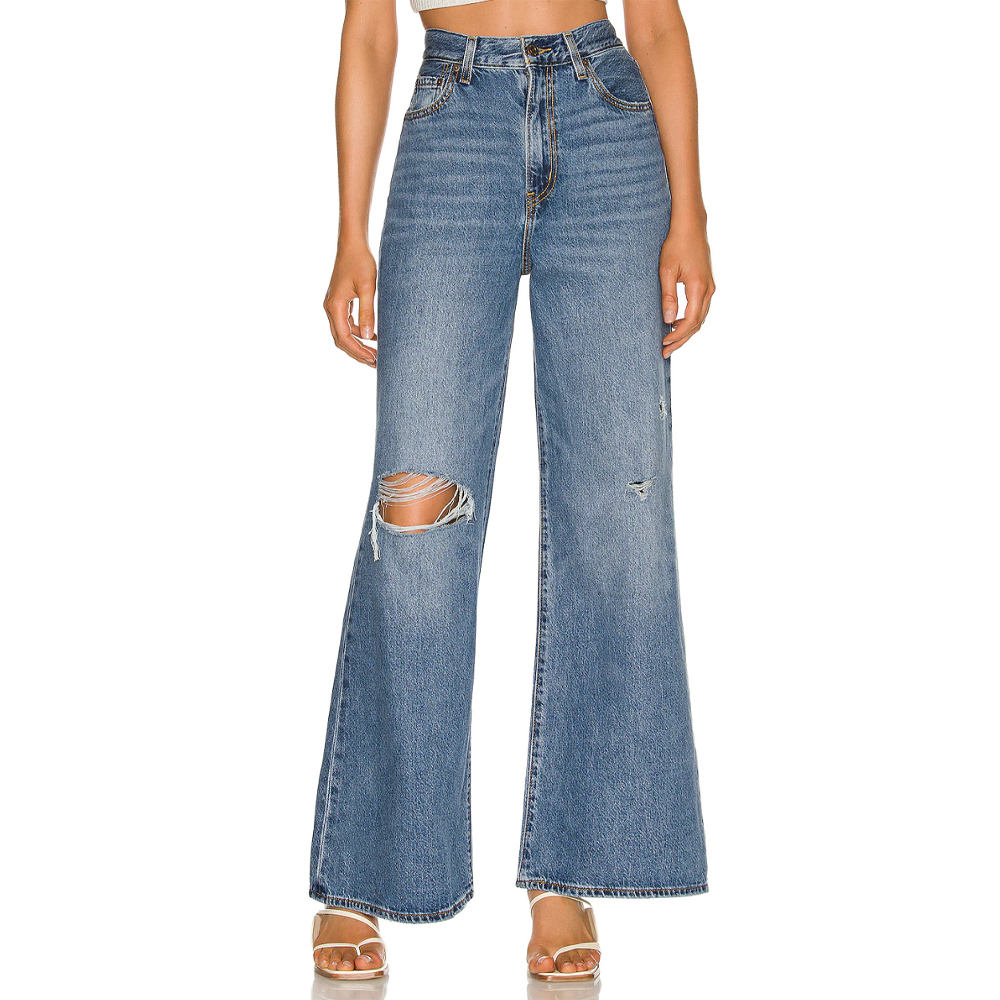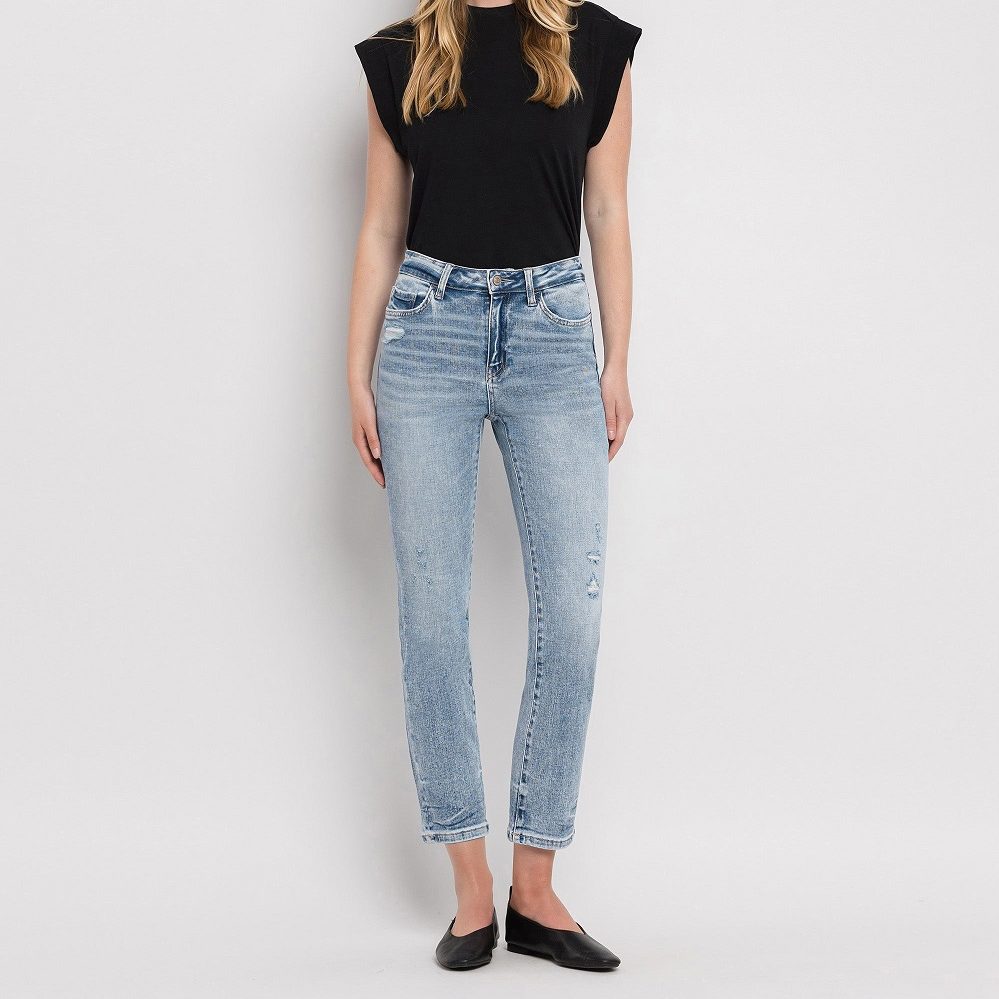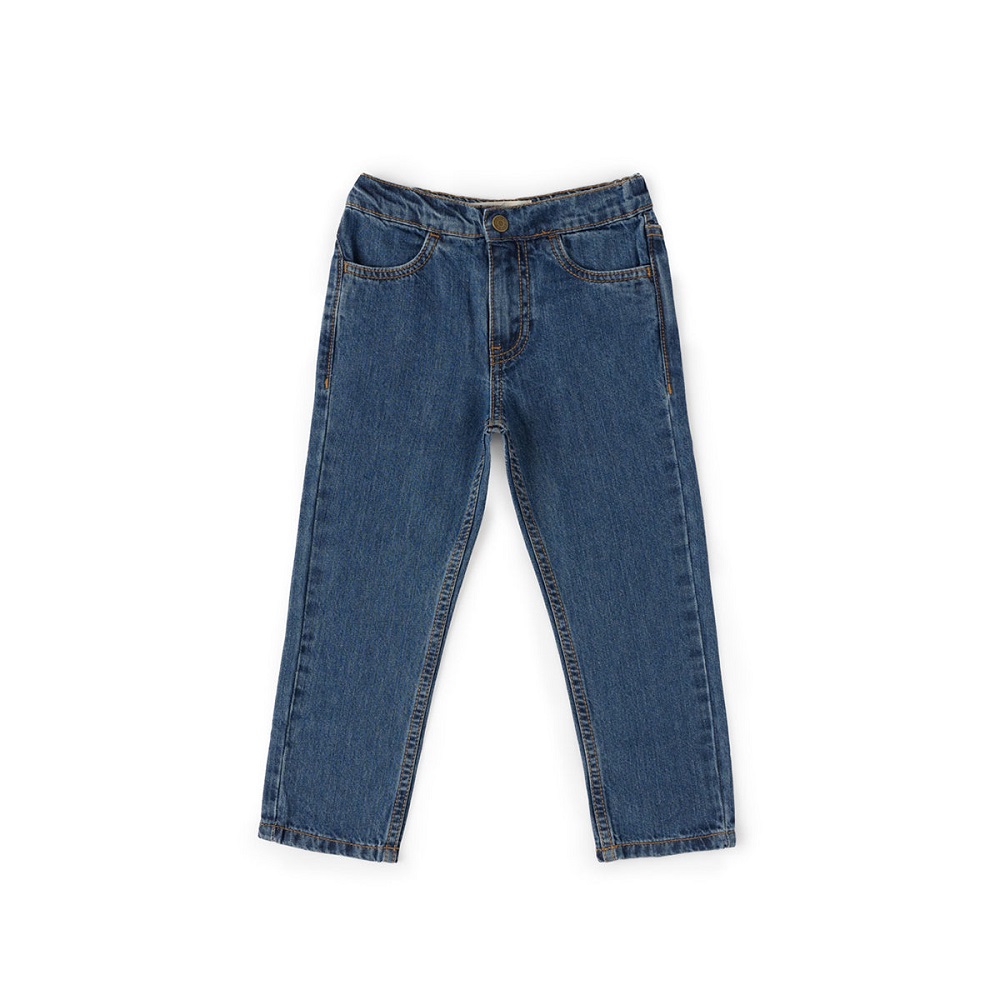How should jeans fit? Finding jeans that fit well is essential to achieving a comfortable and stylish look. Jeans are a wardrobe staple known for their versatility and timeless appeal, but the fit can make or break the overall outfit. Whether you prefer a slim, relaxed, or bootcut style, understanding how jeans should fit can help you select the perfect pair for your body shape and personal style. In this comprehensive guide, we will explore the key factors to consider when determining the ideal fit for jeans. By following these guidelines, you can confidently find jeans that flatter your figure and provide both comfort and style.
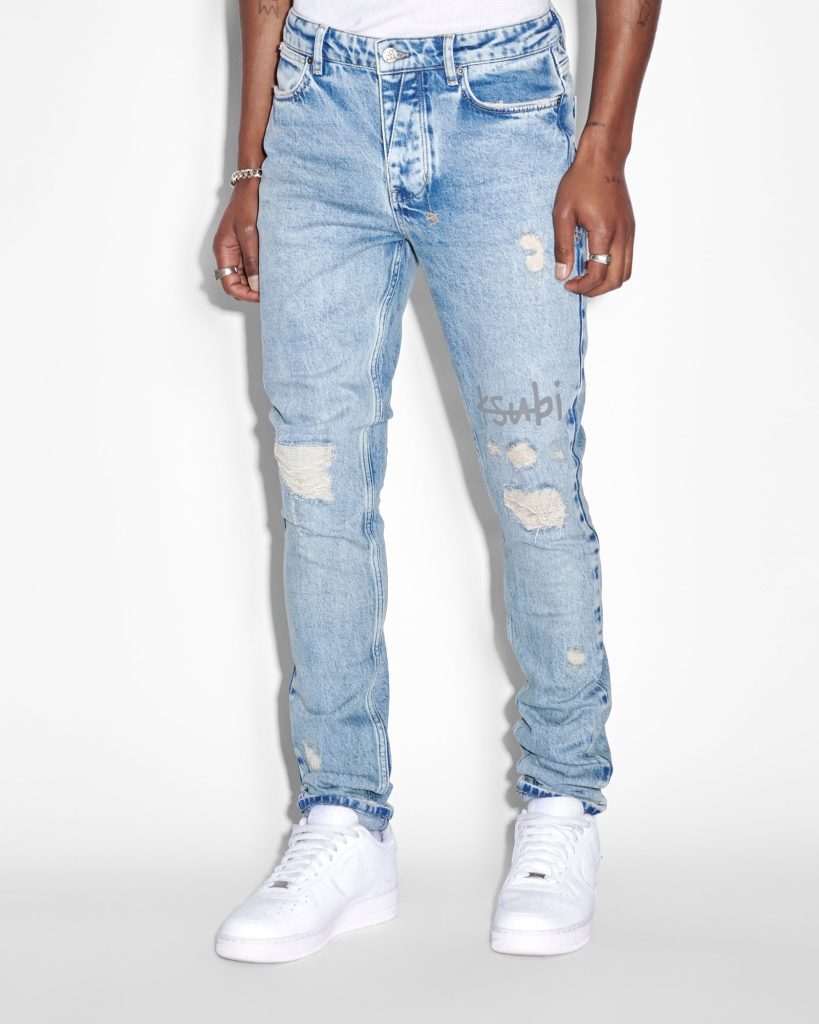
Understanding Jeans Terminology:
- Rise: The rise refers to the distance between the crotch seam and the waistband of the jeans. It determines where the jeans sit on the waist or hips and affects the overall fit and comfort.
- Waist Size: The waist size is the measurement around the narrowest part of your natural waist. Jeans are typically sized with waist measurements, such as 28 inches or 36 inches.
- Inseam: The inseam is the measurement from the crotch to the hem of the ripped jeans. It determines the length and fit of the jeans, especially for taller or shorter individuals.
Waist and Hip Fit:
- Comfortable Waist Fit: Jeans should fit snugly at the waist without being too tight or restrictive. The waistband should sit comfortably around your natural waist, leaving enough room to breathe and move comfortably.
- Avoiding Excess Waist Gap: To avoid a significant gap at the back of the jeans, pay attention to the rise and choose a rise that suits your body shape. A mid-rise or high-rise style might help alleviate this issue.
- Proper Hip Fit: Jeans should hug your hips comfortably without being excessively tight or loose. The hip area should provide enough room for movement and not create noticeable bunching or sagging.
Leg Fit:
- Slim Fit: Slim-fit jeans are designed to contour to the shape of your legs without being too tight. The jeans should skim your thighs and calves, providing a streamlined appearance.
- Straight Fit: Straight-leg jeans offer a more relaxed fit throughout the leg, maintaining an even width from the hip to the hem. They provide a versatile and classic look that suits various body types.
- Bootcut and Flare Fits: Bootcut and flare jeans are fitted through the thighs and then gradually widen from the knee down. Bootcut styles typically have a slight flare, while flare jeans have more exaggerated leg openings. These fits work well for balancing out wider hips or for creating a retro-inspired look.
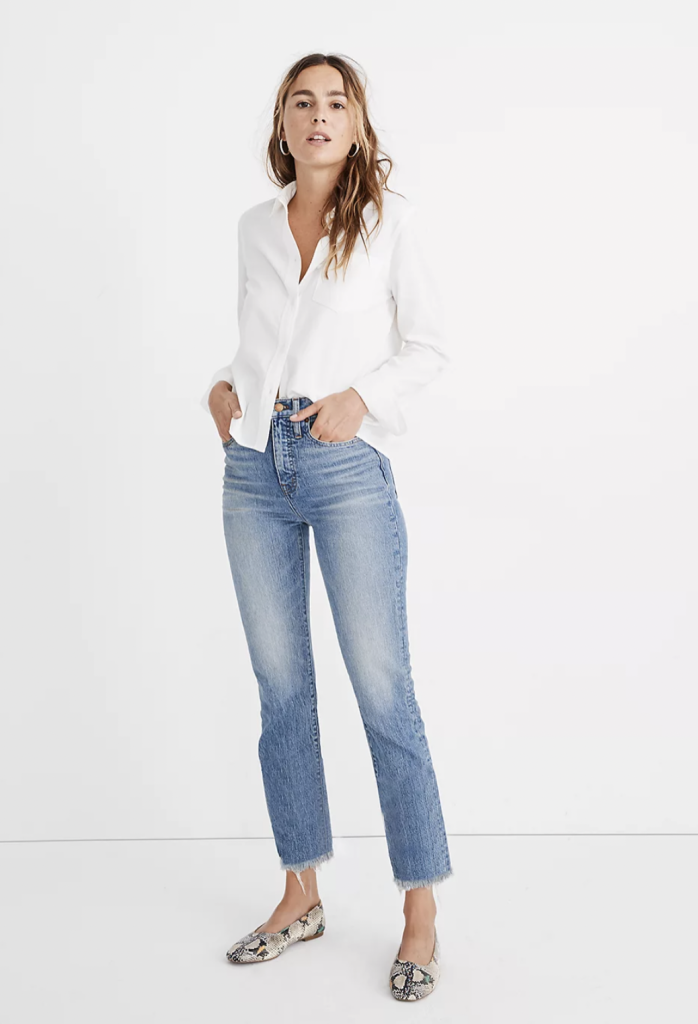
Trying on and Assessing Fit:
- Multiple Sizes and Styles: When shopping for jeans, try on different sizes and styles to find the most flattering fit. Sizes may vary among brands, so be open to experimentation.
- Comfort and Mobility: Test the jeans by bending, sitting, and moving around to ensure they provide adequate comfort and mobility. Jeans should allow you to move freely without feeling constricted.
- Visual Balance: Assess the jeans in front, side, and rear views to ensure they create a balanced and proportionate silhouette. Pay attention to how the bell bottom jeans around the hips, thighs, and seat area.
- Minimal Alterations: Ideally, jeans should fit well without requiring significant alterations. However, minor alterations such as hemming or tapering the leg can be done to achieve a more customized fit.
How to choose women’s jeans
Finding the perfect pair of women’s jeans can be a daunting task due to the multitude of styles, fits, and washes available. Jeans are a versatile wardrobe staple that can be dressed up or down, providing both comfort and style. To ensure a confident and flattering fit, it’s important to consider factors such as body shape, style preferences, and the desired level of comfort.
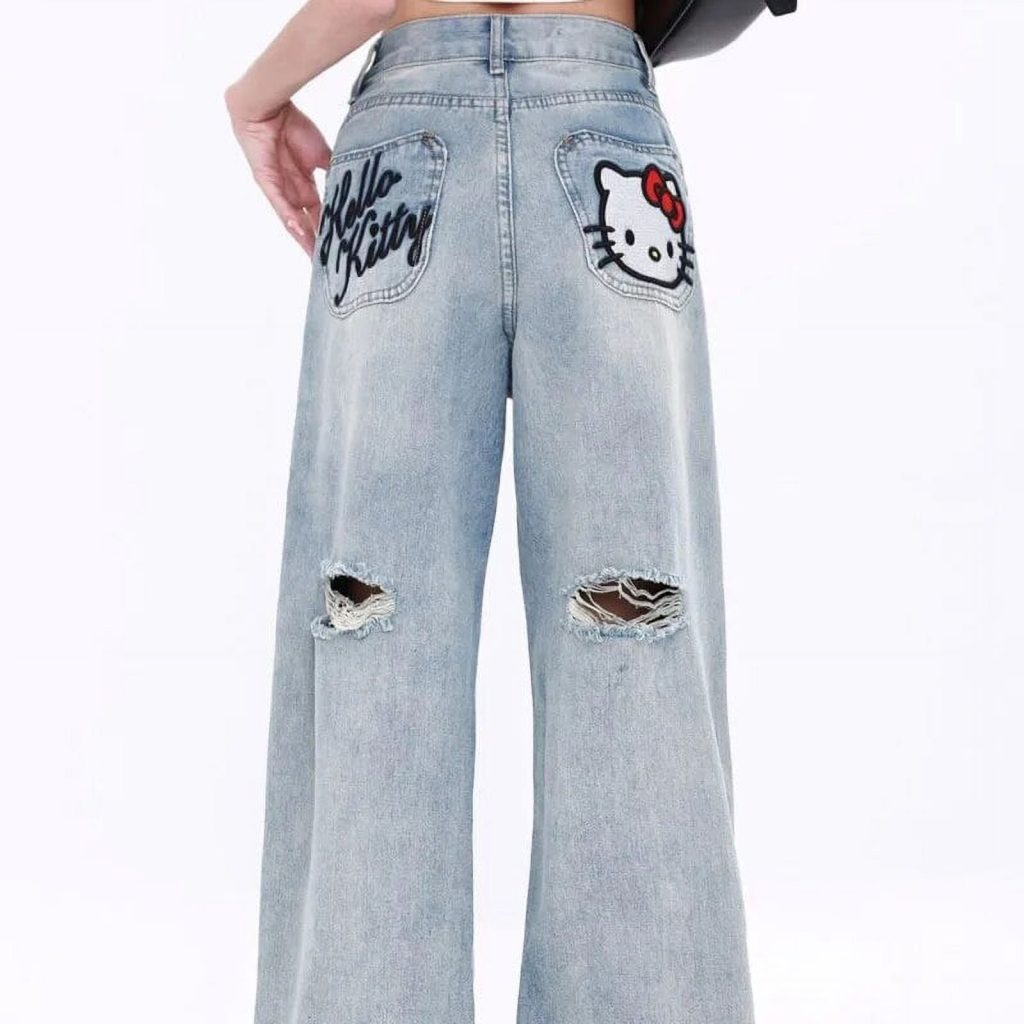
Determining Your Body Shape:
- Hourglass: If you have a well-defined waist and balanced proportions between your bust and hips, opt for jeans that accentuate your curves, such as high-waisted or bootcut styles.
- Pear-Shaped: If you have narrower shoulders and a wider hip area, choose styles that balance your proportions. Bootcut or flared jeans can help even out the silhouette, while straight-leg jeans can provide a streamlined look.
- Apple-Shaped: If you carry weight around the midsection, consider jeans with a higher rise and a relaxed fit, like straight-leg or wide-leg styles. Look for jeans with a bit of stretch for comfort.
- Athletic or Straight: If you have a straighter body shape with fewer curves, opt for jeans with a slightly higher rise and styles that create the illusion of curves, such as skinny jeans or jeans with details at the hips.
Understanding Fits and Styles:
- Skinny Fit: Skinny jeans have a snug fit from the waist to the ankle, highlighting the contours of your legs. They can be paired with both casual and dressier outfits, making them a versatile option.
- Straight Fit: Straight-leg jeans have a straight, relaxed fit from the hips to the ankles, offering a timeless and flattering silhouette. They are suitable for various body types and can be dressed up or down.
- Bootcut Fit: Bootcut jeans are fitted through the hips and thighs and gradually widen from the knee down. They are ideal for balancing out wider hips or creating an elongated look when paired with heels.
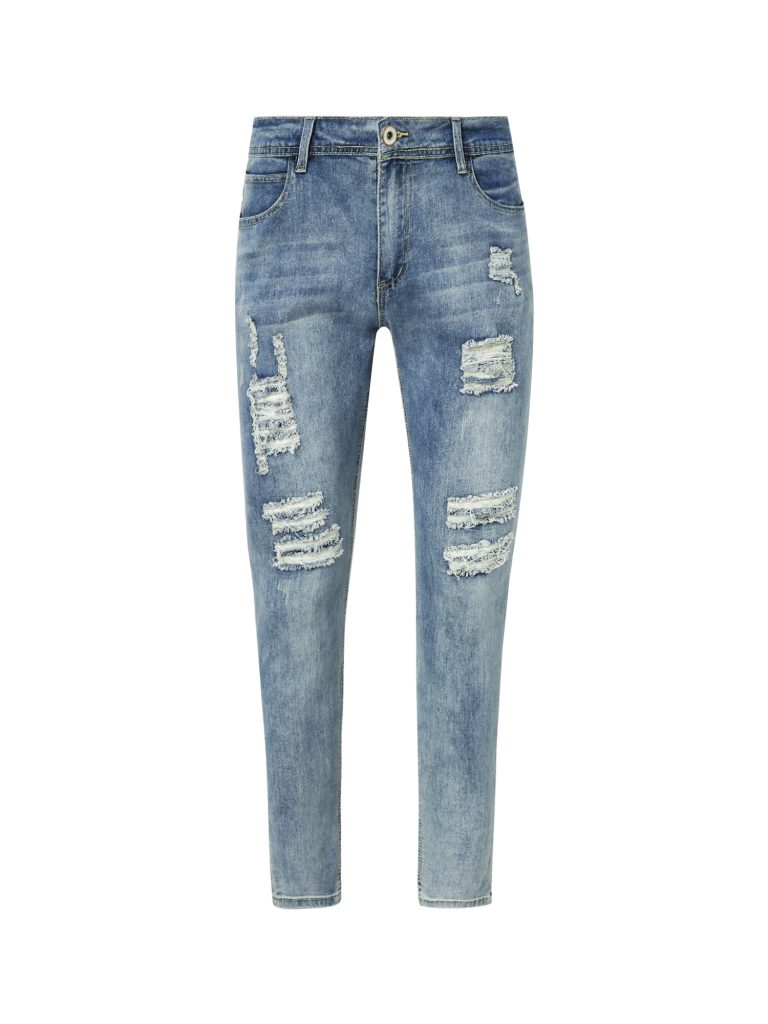
Considering Rise and Waistline:
- High Rise: High-rise jeans sit at or above the natural waistline, providing ample coverage and support. They can help create a defined waistline and are particularly flattering for hourglass or apple-shaped body types.
- Mid Rise: Mid-rise jeans sit slightly below the natural waistline and offer a balance between style and comfort. They are versatile and suit a variety of body shapes.
- Low Rise: Low-rise jeans sit below the hips, offering a more casual and relaxed look. They are ideal for athletic or straight body types and can create the illusion of curves.
Conclusion:
Finding jeans that fit well is a process that requires attention to detail and consideration of your body shape and personal style. Whether you prefer a slim, relaxed, or bootcut fit, understanding the key aspects of how jeans should fit allows you to make informed choices when shopping or assessing your current denim collection. By focusing on the waist and hip fit, leg fit, and overall comfort and mobility, you can find jeans that not only flatter your figure but also offer both style and comfort. Embrace your body shape, experiment with different styles, and enjoy the confidence that comes with wearing perfectly fitting jeans.
